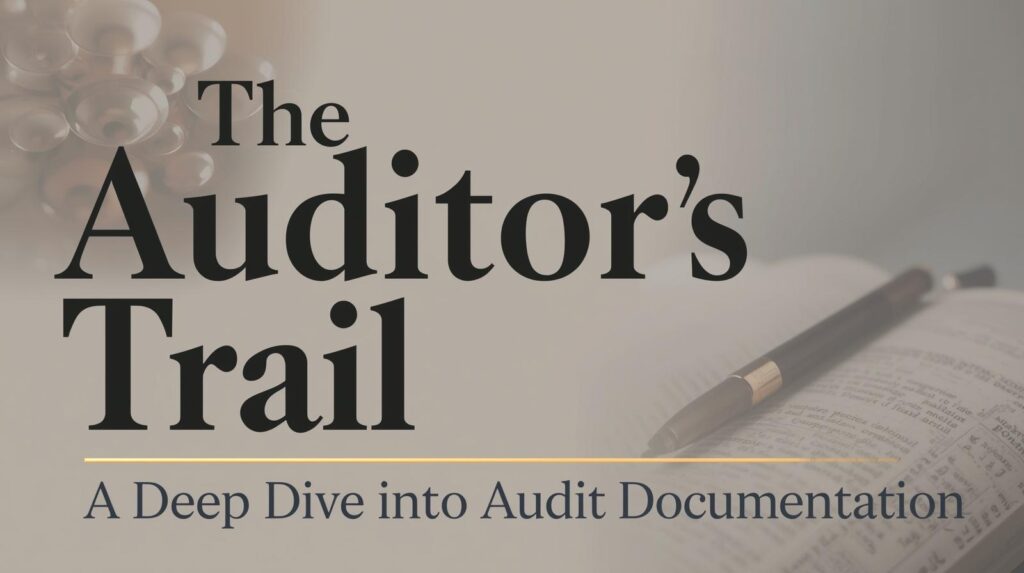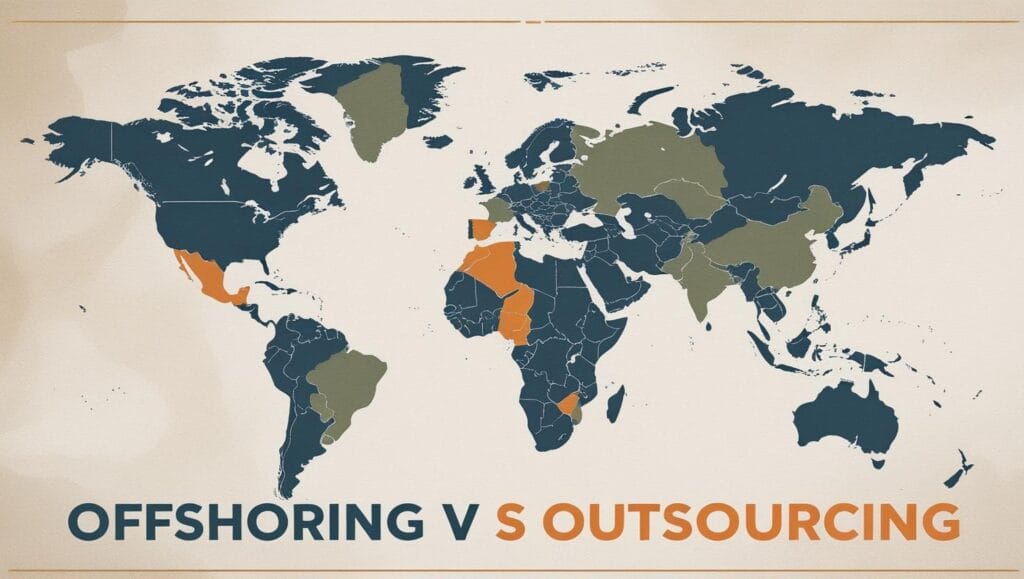The Qualitative Characteristics of Useful Financial Information
Financial statements are the report cards of a business. But what makes the information on that report card truly useful? Why is one company’s financial report considered high-quality and reliable, while another’s is viewed with skepticism? The answer lies in a set of guiding principles known as the Qualitative Characteristics of Useful Financial Information.
Established by the Financial Accounting Standards Board (FASB) in its Conceptual Framework, these characteristics are the bedrock of financial reporting. They are the standards against which all financial data is measured to ensure it empowers investors, lenders, and other stakeholders to make sound economic decisions. This guide will break down this framework into simple, understandable components.
Think of these characteristics as the qualities of a credible witness in a courtroom. For their testimony to be useful, it must be relevant to the case and truthfully presented (faithful representation). Ideally, their testimony should also be comparable to others, verifiable, timely, and understandable. Financial information is no different.
The FASB’s Conceptual Framework
The framework is built like a pyramid. At the very top is the primary objective: to provide information that is useful for decision-making. Below this objective are the characteristics that help achieve it. These are divided into two main categories: Fundamental Characteristics and Enhancing Characteristics.
Key Takeaways
- Primary Goal: The ultimate purpose of financial reporting is to provide information that is useful for making decisions.
- Two Pillars: For information to be useful, it MUST be Relevant and provide a Faithful Representation. These are the two fundamental, non-negotiable qualities.
- The Boosters: Usefulness is enhanced if the information is also Comparable, Verifiable, Timely, and Understandable.
- The Constraint: All these characteristics are subject to a cost constraint—the benefit of the information should outweigh the cost of providing it.
The Two Fundamental Characteristics
For financial information to be useful at all, it absolutely must possess these two traits. They are the primary pillars holding up the entire structure. If information is irrelevant or misleading, it’s worthless.
🎯Relevance
Relevant information is capable of making a difference in the decisions made by users. It helps them evaluate past, present, or future events. Relevance is achieved through three components:
- Predictive Value: It can be used as an input to processes employed by users to predict future outcomes. For example, a history of consistent revenue growth can help an investor predict future profitability.
- Confirmatory Value: It provides feedback about (confirms or corrects) previous evaluations. When a company releases its earnings, that data confirms or refutes the market’s earlier predictions.
- Materiality: Information is material if omitting it or misstating it could influence decisions that users make. A $100 clerical error is immaterial for a multi-billion dollar corporation, but a $1 million error certainly is. Materiality is entity-specific.
⚖️Faithful Representation
Financial information must not only be relevant, but it must also faithfully represent the economic phenomena it purports to represent. The numbers and descriptions must match what really happened. This requires:
- Completeness: All information necessary for a user to understand the phenomenon being depicted is provided, including all necessary descriptions and explanations. Forgetting to mention a major lawsuit against the company would be an incomplete representation.
- Neutrality: The information is not slanted, weighted, emphasized, or otherwise manipulated to increase the probability that it will be received favorably or unfavorably by users. Financial statements should be an unbiased picture, not a sales brochure.
- Freedom from Error: This doesn’t mean perfect accuracy in all respects. Estimates are a huge part of accounting. It means there are no errors or omissions in the descriptions of the phenomena, and the process used to produce the reported information has been selected and applied with no errors in the process.
The Four Enhancing Characteristics
These characteristics are not as critical as the fundamental two, but they significantly increase the usefulness of information that is already relevant and faithfully represented. They are the tie-breakers that distinguish good information from great information.
🔄Comparability
Information is more useful if it can be compared with similar information about other entities and with similar information about the same entity for another period. Comparability allows users to identify and understand similarities in, and differences among, items. This is why using consistent accounting principles (like U.S. GAAP) is so important. It allows you to compare Apple’s performance to Microsoft’s, or to Apple’s performance last year.
✅Verifiability
Verifiability helps assure users that information faithfully represents the economic phenomena it purports to represent. It means that different knowledgeable and independent observers could reach consensus, although not necessarily complete agreement, that a particular depiction is a faithful representation. For example, two independent auditors should be able to look at a company’s records and arrive at the same valuation for its cash balance.
⏰Timeliness
Timeliness means having information available to decision-makers in time to be capable of influencing their decisions. Generally, older information is less useful. Releasing an annual report six months after year-end is far less useful than releasing it within six weeks, as many market conditions may have changed.
📖Understandability
Classifying, characterizing, and presenting information clearly and concisely makes it understandable. Financial reports are prepared for users who have a reasonable knowledge of business and economic activities and who review and analyze the information with diligence. It doesn’t mean that complex transactions should be simplified to the point of being misleading, but they should be presented as clearly as possible.
Frequently Asked Questions (FAQ)
1. What is the difference between fundamental and enhancing characteristics?
Fundamental characteristics (Relevance, Faithful Representation) are essential; information is useless without them. Enhancing characteristics (Comparability, Verifiability, Timeliness, Understandability) are desirable; they increase how useful the information is. You can’t enhance information that is fundamentally flawed (e.g., making irrelevant information more “comparable” doesn’t make it useful).
2. Is one enhancing characteristic more important than another?
No, the FASB does not rank them. The application of enhancing characteristics is an iterative process that may involve trade-offs. For example, a company might sacrifice some timeliness to ensure the information is more verifiable and complete. The goal is to find the best possible balance to serve the primary objective of useful decision-making.
3. What is the “cost constraint”?
The cost constraint is a practical reality that underlies all financial reporting. It recognizes that providing financial information costs money. The FASB states that the benefits of reporting specific information must justify the costs of providing and using that information. This is why, for example, companies aren’t required to report on every minor detail of their operations—the cost would be too high for the limited benefit.
Disclaimer
This article provides a summary of the conceptual framework for educational purposes only. It is not a substitute for the official pronouncements of the FASB or for professional accounting advice. The application of these principles can be complex and depends on specific facts and circumstances.

